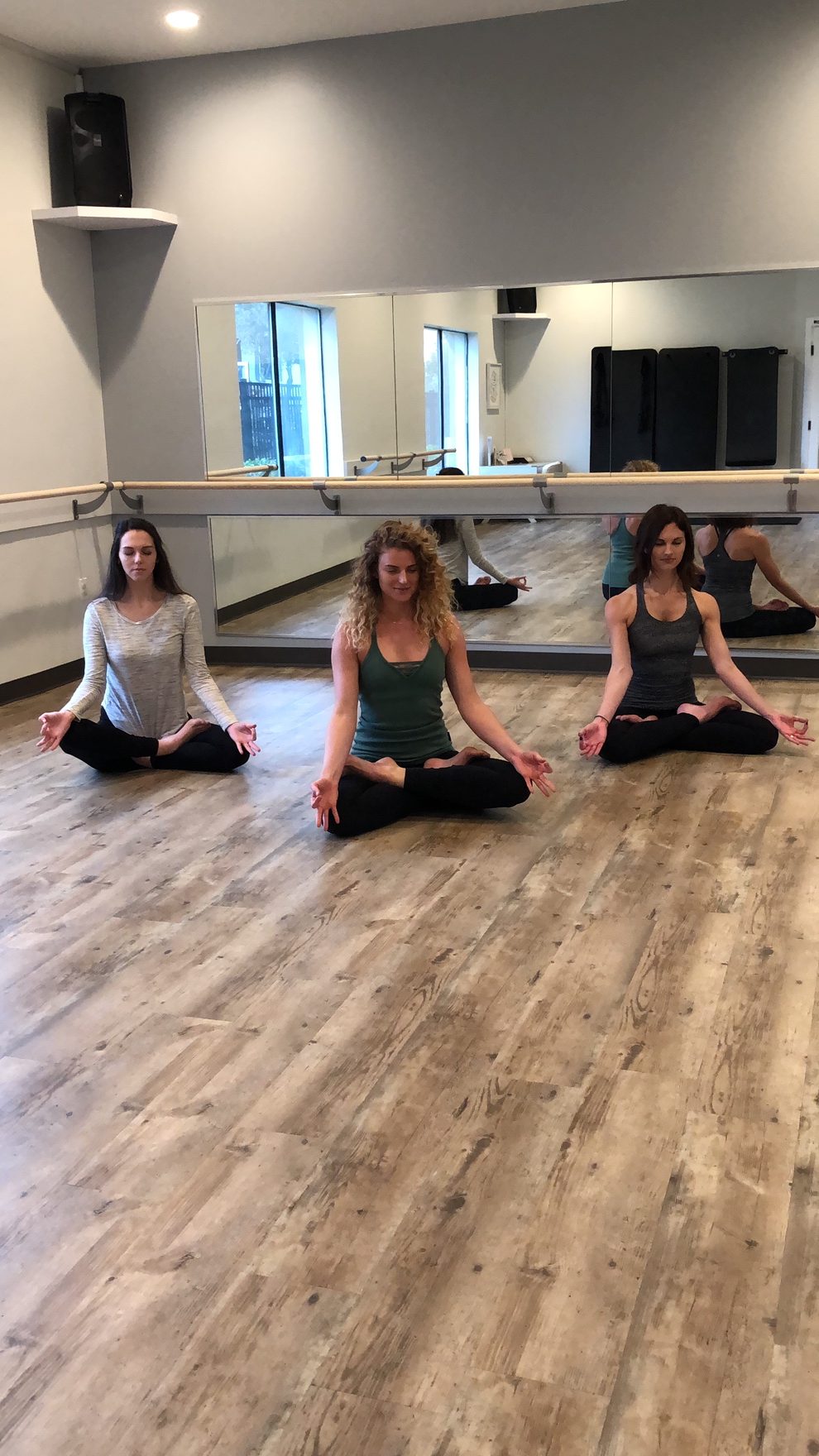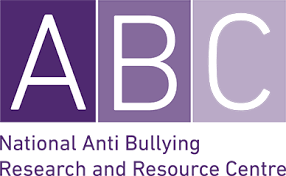What type of healthcare professional should you seek when you have mental health concerns? Should you look for a psychiatrist or a psychologist? For many people, the answer to this question is a difficult one. Unless you are in the medical field or know someone who is, there’s a good chance you don’t know the difference between the two. We thought it would be great to highlight the differences between these two specialties for families looking for mental health care.
Before we compare and contrast the two professions, we should acknowledge the fact that you are seeking help, which is the most essential step in treating any issues you might have.
Psychologists and psychiatrists share a common goal to help people feel better.
Both are typically trained to practice psychotherapy — talking with patients about what is bothering them. The differences in background and training leads to various approaches to addressing mental health needs. Each clinician’s aim is to provide you with the means to manage the issues in your everyday life by talking through challenges and discovering solutions.
Here are the main differences between psychiatrists and psychologists:
- Psychiatrists are Medical Doctors (MDs) who’ve graduated from a 4-year medical school after completing a 4-year-college degree. They complete an additional 4-years of Medical Specialty Residency. They are trained to diagnose and treat individuals with mental health disorders. This is a total 12 years of training. Psychiatrists who sub-specialize go on to complete 1 – 2 years of Fellowship Training in areas such as Child Psychiatry, Addiction, Geriatric Psychiatry, Consult-Liaison Psychiatry, and Forensic Psychiatry.
- Psychologists, on the other hand, are not medical doctors. They’ve earned a doctoral degree such as a P.hD. in related areas or Psy.D. in a selected area of psychology, which focuses on the study of personality development, the history of psychological problems, and the science of psychological research.
Therefore, the two are prepared to diagnose and treat their patients differently.
Psychiatrists—being trained medical doctors—have the authority to write prescriptions for medication while psychologists, in most states, do not. Many Psychiatrists, in the era of managed care, spend the majority of their time on medication management. Traditionally, psychiatrist received training in psychotherapy, also. Psychologists spend most of their time either performing psychological testing or conducting psychotherapy to treat patients.
Psychotherapy—or “talk therapy,” as it is sometimes referred to—can “help eliminate or control troubling symptoms so a person can function better and can increase well-being and healing,” according to the American Psychiatric Association.
Coming from the medical background, psychiatrists typically consider your genetic, biological, and medical history. Psychiatrists are uniquely trained to formulate a possible diagnoses and rule out causes of mental disorders due to other medical issues. People experiencing a significant impact on the body—and daily life activities from mental illness are well served by a psychiatrist. Psychiatrists are trained to listen for the signs and symptoms of particular neurochemical alterations, just the way a conductor can pick out the contribution of the violin amongst the symphony.
The field of mental health eliminates the division between the mind-body connection. So a person who is suffering can benefit from both a psychologist and/or a psychiatrist who often work together to treat patients.
At The Retreat at Ponte Vedra Beach, our psychiatrist is Theresa Randazzo-Burton, MD, who provides exceptional personalized psychiatric care.
Dr. Burton, is a Board-Certified Adult and Child and Adolescent Psychiatrist, who finished her training at UMASS in 2008. She completed years of supervision in individual, group, and family therapy. Her training and experience in cognitive behavioral therapy and psychodynamic psychotherapy sets her practice apart from most contemporary psychiatrists. While practicing from 2008 until 2014 at Presbyterian Hospital in Charlotte, NC on a 60-bed psychiatric unit (for ages 7 and up), she honed her psychopharmacology skills treating patients requiring the highest levels of care. Moving to the Jacksonville area in 2014, she joined the fantastic team of doctors at Nemours Specialty Clinic, most frequently overseeing the Psychiatric Care for Children on the Behavioral Health Unit at Wolfson Children’s Hospital. As a resident and a parent in Ponte Vedra Beach, Dr. Burton is dedicated to bringing her passion for psychiatric care to this community at The Retreat PVB.
The Retreat at Ponte Vedra Beach is a Child Psychiatry and Family Wellness Center for those looking for mental health care for themselves or their children in a comfortable and relaxed setting. We don’t look like any doctors office you have ever seen. Experience the difference individualized care in a stigma-free environment can make in your life. You can read more about our entire team on our website: click here















 -Dr. Burton
-Dr. Burton









